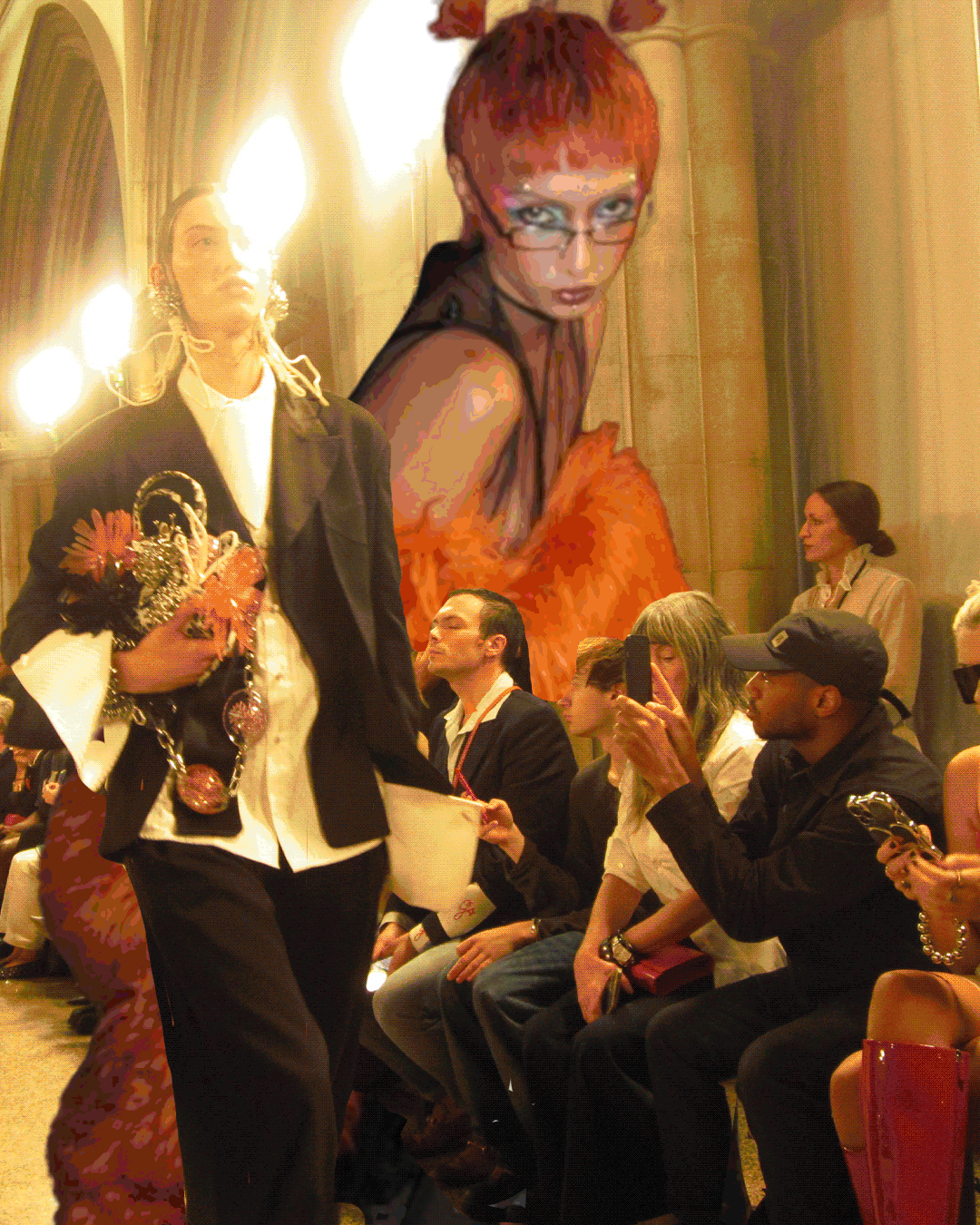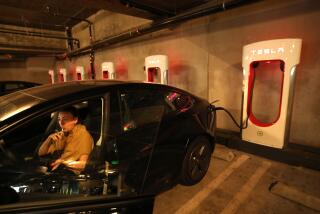Hot Concepts
- Share via
Concept cars are probably the most exciting part of any auto show. These one-off vehicles are created to showcase a new design, technology or model, and they almost never go into production as shown. Many modifications — based on consumer and trade feedback — are made before the street-ready progeny of these vehicles start rolling off the production line.
“Concept cars are an interesting way to test out new ideas without committing them to one particular model or another,” said Ed Hellwig, editor of Edmunds’ InsideLine.com. “The designers can introduce new looks that take more chances because they know that an eventual production car using the same language will have to be toned down. Concept cars give automakers the chance to look farther down the road and see what elements people respond to, so they can be incorporated into future production models.”
Due to California’s rich and diverse car culture, Los Angeles is an important stop on the annual auto show circuit and therefore one of the top international showcases for concept car designers. Among the concepts expected to garner the most attention at this year’s show are the Nissan Ellure, Kia Pop, Nissan Murano CrossCabriolet, Saab 9-4x and the Range Rover Evoque four-door, as well as the Jaguar C-X75, Mazda Shinari and Lotus Eterne.
“Although the Ellure concept will have the most progressive design, the Murano convertible is probably the most thought-provoking vehicle at the show,” Hellwig said. “Nissan is basically making a convertible out of a sport utility vehicle. That idea hasn’t been done in some time and it will be interesting to see how they did it from a technical standpoint as well as how they intend to market such a vehicle.”
Other than saying it will be the world’s first all-wheel-drive crossover convertible — and that it will offer versatility through its spaciousness, utility and open-air transportation — Nissan remains somewhat tight-lipped about the Murano CrossCabriolet. Nissan spokesman Scott Vazin said the vehicle targets 40-to-45-year-olds, “customers who have more time to enjoy new adventures on their own terms without compromise.”
The Kia Pop concept is a chrome-colored three-seater with an electric drivetrain, oblong side windows, a purple spaceship-like cabin and front-hinged doors. The dashboard displays a speedometer, battery-charge gauge and other primary readouts when the car is running, but is otherwise totally transparent.
Fully electric, the Pop is a zero-emissions vehicle with a 50-kilowatt motor and a single-charge range of around 100 miles. It’s powered by lithium polymer gel batteries and is rechargeable in six hours.
“The Pop fits in perfectly with our ‘challenger brand’ ethos,” said Gregory Guillaume, Kia Europe’s chief designer. “We’re trying to stir things up in the automotive world, to surprise people even more. We wanted this car to act as a loose nucleus, a wild atom.”
Guillaume added that many of the factors that influenced the car’s design were non-automotive: “We were looking at lightweight, aerodynamic things, such as gliders and high-speed bicycles. We realized that the automotive world wasn’t inspiring us to achieve what we wanted to achieve.”
It’s too early to tell if Pop will ever go into production. But if it does, this will be Kia’s first foray into the ultralight category.
Jaguar’s C-X75 concept is a gas-electric hybrid two-seater with a top speed of 205 mph. Created to celebrate 75 years of Jaguar, the concept offers a peek into the future of the British elite carmaker as well as a future where vehicles can be both chic and eco-friendly. Shorter and lower than existing supercars, the C-X75 gets 68 miles per charge in zero-emissions electric mode or 560 miles using the onboard power-generation system.
“Don’t ask me if we’re going to build it, because that wasn’t the idea behind the car,” declared Jaguar design director Ian Callum when the C-X75 was unveiled earlier this year. “We are investigating alternative and sustainable power systems, and this gave us the chance to do so and explore current Jaguar design language in an exotic car package.”
Another looking glass into the future is the Mazda Shinari concept, a sleek four-door, four-seat sports coupe. Shinari is the Japanese term for a great resilient force or the form that an animal or human takes as it springs into action — an idea that Mazda tried to weave into the car’s fluid design and dynamic performance. Meanwhile, the Japanese automaker’s commitment to “dedicated driving ergonomics” is evident in the vehicle’s Human Machine Interface with a floating three-dimensional dashboard display. The system offers three driving modes: business, pleasure and sport.
“The challenge for us,” Mazda chief designer Yasushi Nakamuta explained when Shinari was first announced, “was to create an innovative new expression for energetic and powerful movement — something that we had never attempted before. We began by developing the design around the image of a predator as it strikes at its prey or the stabbing movement in kendo, Japanese fencing, to express the instant where accumulated force is released.”
Lotus debuted five new concepts at the Paris Auto Show earlier this year, super-sleek vehicles that are slated for production over the next five years. All are expected to make an appearance in Los Angeles, including the Lotus Eterne, a four-door super saloon sports GT powered by a 5-liter pressure-charged V-8 engine. The new Eterne, which won’t be available until the fall of 2015, should give both the Porsche Panamera and Maserati Quattroporte a run for their money.
—Joe Yogerst, Custom Publishing Writer






